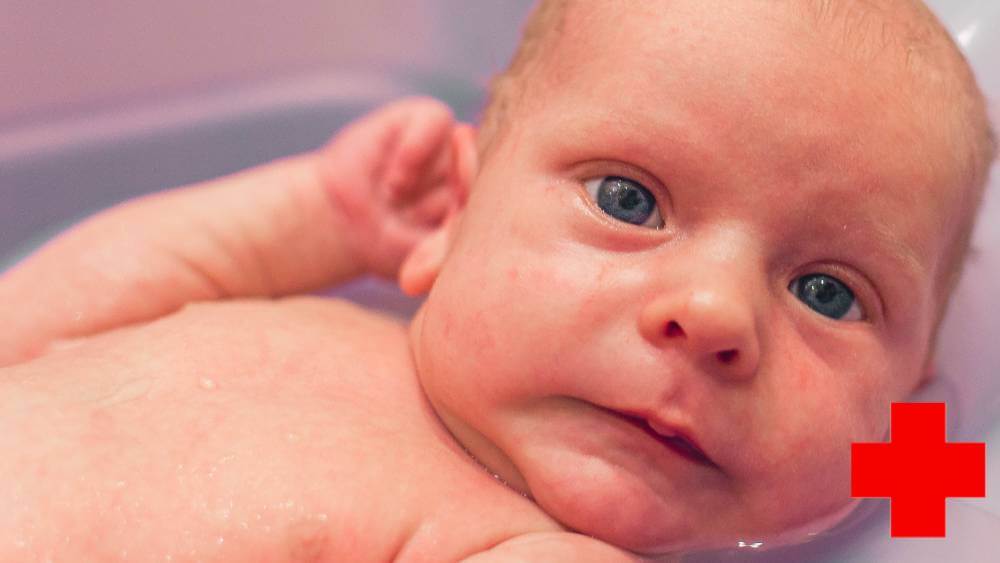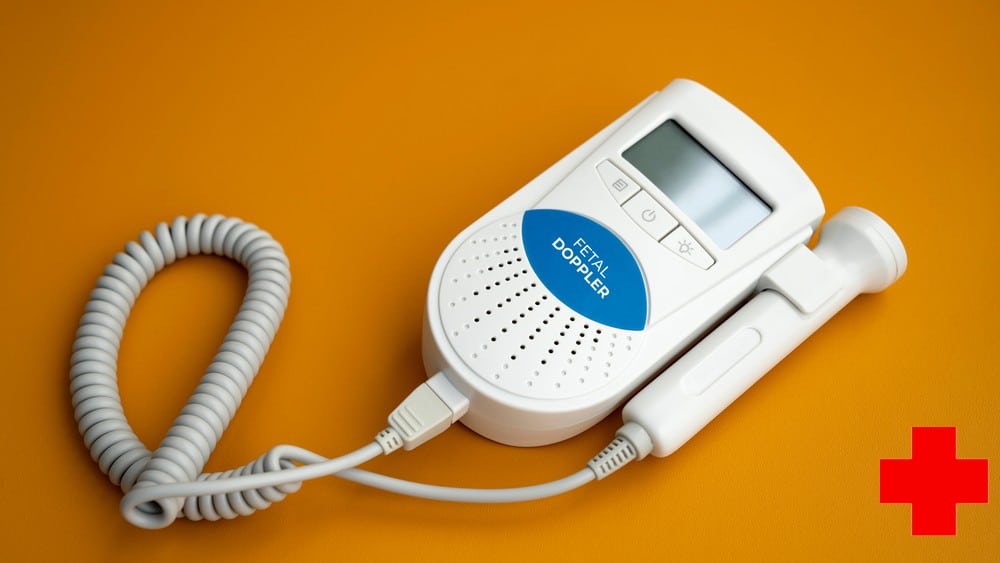Dear reader, welcome to another enlightening article on how to become a Nurse Practitioner!
Today, we want to take you through a step-by-step process of becoming a Nurse Practitioner.
We promise that you’ll learn about what it takes to earn the Nurse Practitioner credential.
In summary, we’ll break down the process into nine steps.
Here’s a highlight:
- Earn a BSN degree and RN license
- Gain experience as an RN
- Pursue graduate-level education
- Obtain Advanced Practice Nurse certification and licensure
- Pursue further specialization and ensure you maintain your license and certifications.
Let’s get started!
Step 1: Earn a Bachelor of Science in Nursing Degree

To become a Nurse Practitioner, you must have a bachelor’s degree certificate.
Hence, the first step to becoming a Nurse Practitioner is to earn a BSN degree.
There are several ways you can go about this.
If you have a high school diploma and meet the entry requirements for an undergraduate degree in nursing, you can sign up for a bachelor’s degree, which takes four years to complete if you are studying full time.
Suppose you are working as a Registered Nurse with an associate degree.
RN to BSN programs take around 1-2 years to complete.

The exact amount of time you’ll take to complete the course depends on the college and the transferable number of credits from your associate degree in nursing qualification.
Licensed Practical Nurses interested in becoming Nurse Practitioners have the option to join LPN to BSN accelerated programs.
In this case, they’ll take 2-3 years to earn the bachelor’s degree credential.
Assuming you have a degree in a different field, you can get into an accelerated Bachelor of Science in Nursing program.
BSN programs take around 12-19 months to complete.
Most of these programs can be completed online.
So, you can squeeze them into your tight schedule easily.
The online programs usually have the theory part of the course completed online, but students must complete hands-on clinical training on campus.
It’s important to inquire about the course modalities before enrolling to have a clear picture of how the whole program works.
Step 2: Earn a Registered Nurse Licensure

Once you’ve earned your BSN degree, the next step is to become a Registered Nurse.
The important point to note here is that the requirements to become a Registered Nurse vary by state.
But the one requirement that cuts across is passing the National Council Licensure Examination (NCLEX).
You’ll have to complete an accredited training program to be eligible for the NCLEX-RN exam.
Once you’ve passed the exam, the next step is to apply to your state Board of Nursing for licensure.
Depending on your state practice, you may have to undergo a background check and pay some fees before getting your Registered Nurse licensure.
Step 3: Gain Experience as an RN

With an RN license, test your skills and knowledge learned in the nursing education program.
This is especially important for Registered Nurses who went straight from high school to a bachelor’s degree program.
Working in a healthcare facility allows you to gain professional and clinical experience.
It exposes you to different patient problems and how to effectively solve them.
You’ll also learn teamwork, working with different medical professionals.

Even better, you’ll better decide if Advanced Practice Registered Nurse (APRN) is the career path you want to take.
And if it is, you can figure out your area of interest, which will help you decide on your Nurse Practitioner area of focus and the level of education required for that specialty.
Apart from that, many graduate programs require applicants to have 1-2 years of clinical experience.
You’ll be killing two birds with one stone.
As you gain experience that will benefit your career in the long run, you’ll also be meeting eligibility requirements for your next level of education.
Let’s bring to your attention that there are those who go straight to a Master of Science in Nursing after a BSN program.
This option is great if one already has experience in health care.
Say they were working as an RN with an associate degree and then got into an accelerated program to earn a bachelor’s degree.
In that case, they can transition into an MSN program immediately after graduating with a BSN.
Step 4: Obtain a Nursing Graduate Degree

A Master’s degree is the minimum education requirement to become a Nurse Practitioner.
It’s also the most common education qualification for most NPs.
Nurses interested in pursuing a Master of Science in Nursing can do so by directly enrolling in an MSN program.
They may also choose a bridge program, BSN-to-DNP, which allows them to complete a Doctor of Nursing Practice along with a master’s degree.
Nurses who have ADN can also get started in an RN-to-MSN bridge program.
Such programs allow RNs to earn BSN and MSN within one program.
Master’s NP programs take between 1 and 3 years to complete.
DNP programs take around 3-6 years.
The programs have specialization areas where RNs can choose their population specialty.
The six main areas of specialization include:
- Family Nurse Practitioner (FNP)
- Pediatric Nurse Practitioner (PNP)
- Adult-Gerontology Nurse Practitioner (AGNP)
- Women’s Health Nurse Practitioner (WHNP)
- Psychiatric Mental Health Nurse Practitioner (PMHNP)
- Neonatal Nurse Practitioner (PNP)
These Nurse Practitioner programs require candidates to fulfill 500-600 supervised clinical practices as part of the coursework.
While many NPs have a master’s degree, the scene is quickly evolving.
More and more NPs are going back to school to pursue DNP.
Experts in the field project that in the coming years, a Doctor of Nursing Practice will be the minimum education qualification for NPs.
With that said, what is the requirement for a Nurse practitioner’ master’s program?
The entry requirements vary.
However, many institutions of higher learning will require a specific amount of clinical experience, academic transcripts, and letters of reference.
The best thing to do is to inquire beforehand about the eligibility requirements.
Further, thorough research is necessary to settle for accredited institutions that provide advanced program courses that match your professional goals and personal interest.
Earn Advanced Practice Nursing Certification
NP education doesn’t stop there.
Nurse Practitioners must take a national certification exam in their specialty area.
Several certifying agencies provide certification exams.
The American Nurses Credentialing Center (ANCC) provides exams for RNs specializing in family, psychiatric mental health, and adult-gerontology.
Nurse Practitioners can also pursue these specialization certifications by the American Academy of Nurse Practitioners (AANP).
Pediatric Nurse Practitioners can seek certification from the Pediatric Nursing Certification Board (PNCB).

The National Certification Corporation (NCC) offers certs for WMNP and NNP.
The eligibility requirements, exam structure, and passing score vary depending on the credentialing body.
Hence, it’s your responsibility to dig this information in good time.
Step 5: Obtain State License

Now that you have a certification in a specialty area, the next step is to get an Advanced Practice Nurse licensure to practice.
And just like with the certification, the licensure requirements vary per state.
You can get all the information about obtaining a state license from your state Board of Nursing.
More often than not, NPs are required to have a master’s degree and a valid RN license.
Further, one must pass the national certification exam administered by an accredited certifying agency.
With the requirements met, RNs submit their transcript and specialty certification.
There’s also a fee to be paid.
Step 6: Get Your First Nurse Practitioner Job

Congratulations! You are now a Nurse Practitioner.
It’s time to look for employment opportunities.
Nurse Practitioners work in a wide range of settings, including hospitals, community health centers, private Physician’s practices, rural health clinics, corporate clinics, and urgent care clinics.
All these are places you can seek employment.
But before you cast your net wider, you’d want to start with the healthcare facility you completed your clinical hour’s requirement during your Nurse Practitioner education.
Since they already know you, it might be easier to get an entry-level position.
Secondly, leverage your network.
Talk to your professors and fellow students in case there are opportunities that have opened up in their places of work.
You can also check online on job boards like Indeed and Glassdoor.
As you wait for your dream job, you can start with fellowship programs to get your feet wet in inpatient care.
By the time you get your desired position, you’ll already have some experience below your belt.
Step 7: Pursue Further Specialization Certification

While NPs specialize at the graduate level, additional specialization can be a great way to tap into opportunities and advance their careers.
The subspecialties depend on the area of specialization you pursued at the graduate level.
Adult-Gerontology Nurse Practitioners can specialize further in Adult-Gerontology Primary Care Nurse Practitioner (AGPCNP) or Adult-Gerontology Acute Care Nurse Practitioner (AGACNP).

Other Clinical Nurse specialties include geriatric, acute care pediatric, dermatology, and aesthetic, among many more.
NPs can choose to specialize in over one area.
However, the catch is that they must maintain the certifications to remain active in those specialties.
Step 8: Maintain Your Licensure

Becoming a Nurse Practitioner is one thing but maintaining a Nurse Practitioner credential is another.
To remain an active NP, APRNs must meet the continuing education requirement stipulated by the state.
And so, how often you’ll need to renew the certification and the type of classes or coursework required depends on your state.
You can expect a specific number of continuing education hours and clinical practice hours.
Further, specialization certifications always have continuing education requirements to remain active.
For that reason, brace yourself.
As an Advanced Practice Nurse, learning never ends.
You must maintain your NP license and maintain your specialization certification through CE.
Conclusion

If you were stuck on where to get started on your journey to becoming a Nurse Practitioner, we hope this step-by-step guide on how to become a Nurse Practitioner has cleared the confusion and pointed you in the right direction.
As you’ll have noticed, there are several ways to become a Nurse Practitioner.
It all depends on where you are at the moment.
Nurse Practitioner education requires commitment, but once you’ve met all the requirements, you’ll be well on your way to a fulfilling career.
At Nurse Code, we wish you nothing short of the best as your advance in your nursing career.
FAQs

How do you become a Nurse Practitioner?
– Earn a BSN degree
– Pass the NCLEX-RN exam to become an RN
– Gain experience in the healthcare industry
– Pursue a graduate degree program either in MSN or DNP
– Obtain specialization certification and state license for NPs
– Get a job as an NP
How hard is it to become a Nurse Practitioner?
It’s hard to become a Nurse Practitioner. For starters, there are loads of requirements to qualify. Once you’ve met the NP school requirements, the Nurse Practitioner course involves many advanced courses. The scope of practice for NP is broad so is the coursework. This course covers diagnosing and treating patients.
How long does it take to become a Nurse Practitioner?
It takes 6-8 years, depending on one’s current level of education. The first step is a bachelor’s degree, which takes four years. Then, there’s 1-2 years of experience as a Registered Nurse. Graduate education takes between 1-3 years for MSN and 3-6 years for DNA.
How long is NP school after RN?
You can pursue an MSN program which takes 1-2 years. A doctoral NP program takes 3-6 years. Additionally, you may opt for a BSN-to-DNP accelerator program which takes 3-4 years. If you have an ADN, the RN-to-DNP program may take you 4-5 years to complete.
How to Become a Nurse Practitioner in NY?
– Complete an NP graduate program
– Complete the Nurse Practitioner education program approved by the New York State
Education Department (NYSED) – Part of the program must include pharmacology
– Apply for a Nurse Practitioner license on the NYSED website
– Renew your license every three years
How to Become a Nurse Practitioner in Texas?
– Earn an RN license through the Texas Board of Nursing
– Gain experience as an RN
– Pursue a graduate degree, which can be an MSN or DNP
– Apply for an APRN license with the Texas Board of Nursing
– Renew your license every two years
How to Become a Nurse Practitioner without a nursing degree?
– Enroll in an ABSN program – it takes 12-19 months to complete
– Pass the NCLEX-RN exam and earn an RN license
– Get a job as an RN to gain real-world experience
– Pursue master’s in nursing program
– Earn a Nurse Practitioner certification
– Obtain NP licensure
How to Become a Travel Nurse Practitioner?
Once you’ve earned your graduate degree, take the NP board examination and pass. Then, get a multi-state NP license. If you are working in compact states, you can use your licensure in other member states of the Nurse Licensure Compact. Next, connect with a travel NP staffing agency.
Is being a Nurse Practitioner worth it?
Yes. According to the U.S. Bureau of Labor Statistics, Nurse Practitioners, Nurse Anesthetists, and Nurse-Midwives earn $123,780 per year. This is more than twice the national average salary for most occupations. BLS further reveals that they’ll be a 45% increase in employment opportunities for APRNs from 2020 to 2030.
What degree does a Nurse Practitioner have?
In all states, Nurse Practitioners must have a Master of Science in Nursing degree. Some states have started demanding a Doctor of Nursing Practice. Further, some employers require NPs to have a DNP even if the state’s NP entry-level education requirement is MSN.
What is required to become a Nurse Practitioner?
– Active RN license
– A Master of Science in Nursing
– Work experience – Meet the clinical practice hours for the Nurse Practitioner course
– Nurse Practitioner state license
– Specialization certification – There are many specialties to choose from
What is the difference between a Nurse Practitioner and a Nurse?
A Nurse takes care of sick people. Nurse Practitioner has advanced education that allows them to diagnose diseases, order diagnostic tests, interpret those tests, and prescribe medication. Nurses are not qualified to perform these roles. In some cases, Nurse Practitioners are the primary healthcare providers in clinics.









